Wander around Eastern Market in Capitol Hill and you’ll find plenty of beautiful photographs of DC, ready to buy and hang on your wall. Increasingly, you’ll also see breathtaking shots of the city in HDR: high dynamic range.
Through the use of post processing software, several photographs taken at varying shutter speeds are combined into one image. This composite image is supposed to more accurately represent what the human eye sees – with detail in both areas of shadow and light and rich color saturation. HDR isn’t very new as far as photography tech, but I’ve already admitted I’m slightly behind the curve/old fashioned (picking on Instagram, marveling at camera phones).
I’m interested in how HDR photography is perceived in the photography community. The public seems to eat up these images, which are without doubt, striking and intriguing (and pinned like mad on Pinterest). But is it photography in the traditional sense or more of a hybrid art form? Photographers presenting their work online will often preface an image title with “HDR” and the Washington Post also clearly identified such photos in a recent publication (yet still stirred up debate.)
I’ve yet to see an HDR photograph show up in National Geographic, which has a strict policy of straight photography; image content cannot be altered. But if HDR photography really is closer to what the human eye sees, then should it even be a problem? Predictably, John Omvik, the VP of an HDR software company, says it’s totally appropriate. “If one really wants to split hairs about what is ‘real’and what isn’t, consider this: from the moment you open your eyes in the morning until the moment you close them at night, everything you see in the world around you is in HDR,” says Omnik. He goes on to argue that HDR is more true to reality than the black and white film traditionally used in photojournalism.
Personally, I still feel HDR is more appropriate for fine art photography than photojournalism. I may be a bit skeptical because many HDR photographs I”ve seen don’t really look like anything I’ve seen in real life. Would love to hear your take…. in the meantime we’ll let an HDR Jefferson ponder upon it…

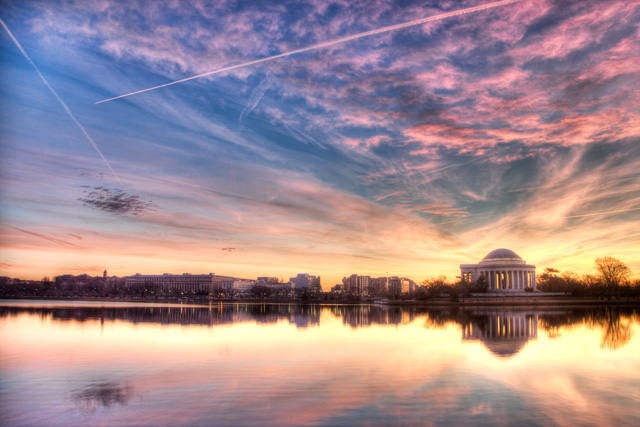
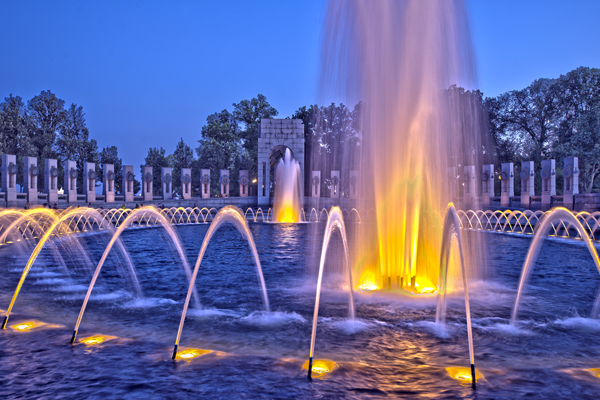
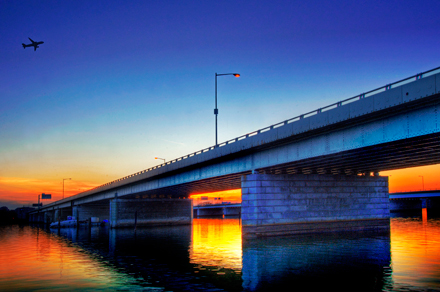
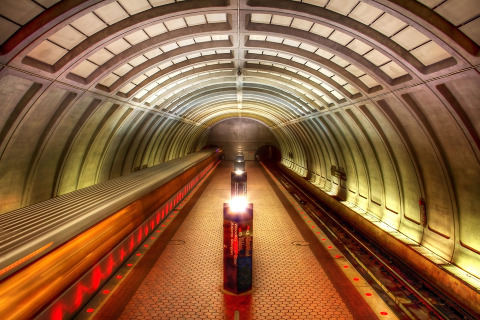
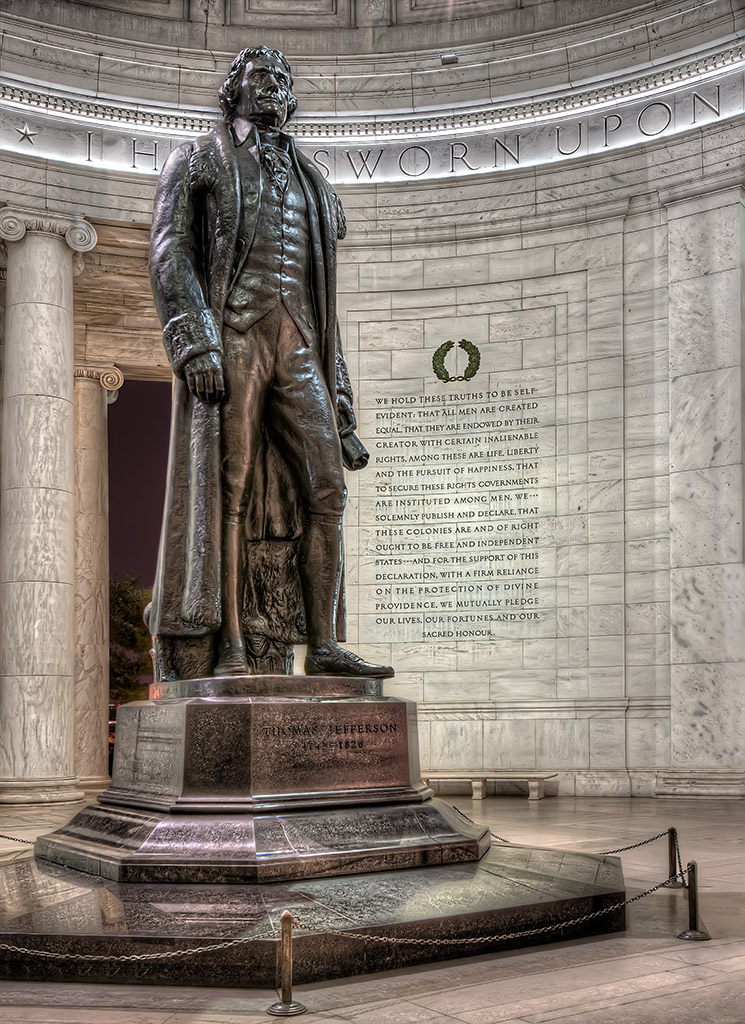

I think HDR is refined photography. And I don’t believe it is exactly what the eye sees. (I think that may be an exaggeration to make it sound better) I personally think the subtle editing (using photoshop to bring out the shadowed areas a little) is closer to what the eye sees than HDR. I’d like to be there when the photo is taken, and see it within 1 day to see how close to reality it really is.
Just my opinion.
And that being said, I think the HDR is incredibly cool to look at!
Meg
I’m not familiar with the technical side of photography, but I know what appeals to my eye, and it’s on this page. Thanks for sharing your art – this post is gorgeous.
Thanks, Luann! Although I must make clear these are not my images; I’ve gleaned them from the web. If you click on the image it will take you to the source – maybe I should make that more clear! And yes, they are beautiful to look at!
I love your closing! Also, I agree- though I don’t know much, I feel that photojournalism is about grit and truth and HDR should be for highlighting that moment of bask that everything in this world has when viewed with a certain biased but human eye.
HDR photography is celebrated and loathed in many ways. I personally am a fan, but only in a particular way.
Automatic exposure blending through tools like photoshop and photomatix do not do a good job of naturally distributing light as it is found in the environment. Basically, every single super dark tone or super bright tone will be evened out by the software, making it look like the entire scene has been distributed light evenly. This is kind of like taking a long exposure photograph and light painting every shadow and not overexposing the highlights. The software renders the light to look unnatural, and therefore the image looks unnatural.
Manual exposure blending is my preferred method. Only when you need additional tones do you call them. In practice, you might find that your entire photograph is nicely exposed except for one highlight such as a sunlit cloud. You can take in another exposure, apply a mask, and paint it out with another image and achieve a more natural and balanced look. It also gives you much more artistic control over your content.
But, for the record, regardless of what HDR practice you use, automatic or manual, I agree that it is art and not photojournalism. To me, it boils down to how you want your artwork to look.
Thanks for your take, Navin! Your explanation of manual exposure blending, though more complicated since it involves more than one exposure, reminds me a bit of dodging and burning in a darkroom; which I don’t think was ever controversial(?) But I guess it’s just a slippery slope when it comes to altering images after they’ve been taken and that’s why we have to keep it in the realm of fine art; which I have no problem with!